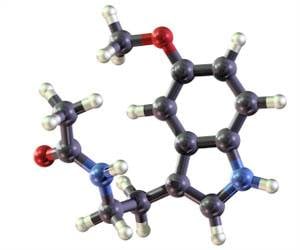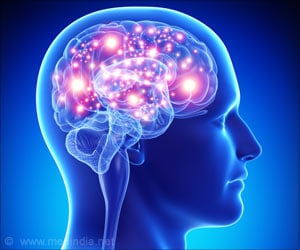To better understand hormonal mechanisms and help develop potential treatments, researchers have conducted experimental analyses of the SCN's connections.

‘The suprachiasmatic nucleus, or SCN, tends to exhibit a weaker circadian rhythm as we age, which can result in sleep disorders, metabolic syndrome and depression.’





While the evidence behind this age-related weakening has been established in medical literature, the mechanisms behind it, and the connectivity structure of the neurons, have remained elusive. To better understand these neuronal and hormonal mechanisms and help develop potential treatments, researchers at the University of Shanghai for Science and Technology in China have conducted experimental analyses of the SCN's connections, with the goal of determining its degree of heterogeneity. This is a measure of how many "hub" nodes within a network connect to other nodes. Networks, in general, consist of nodes and links. If the degree of heterogeneity in a network is high, these hubs link to many other nodes; if it's low, the network topology is considered "flat," and the difference between the hubs and the other nodes is small.
The SCN's master clock consists of about 20,000 neurons coupled together through neurotransmitters. Within this network, about 25 percent of the neurons are coupled together into a subgroup that receives light from the retina. The remaining 75 percent of the neurons are coupled to these neurons -- these subgroups are known, respectively, as the ventrolateral and dorsomedial subgroups.
In their current paper, which appears this week in CHAOS, from AIP Publishing, the researchers analytically mapped these connections in the SCN as four different types of networks ranging from low to high levels of heterogeneity. These were the all-to-all network, the Newman-Watts network, the Erdös-Rényi network and the Barabási-Albert scale-free network.
The researchers found that in the "all-to-all" network, which was the least heterogenous, the SCN tends to lose the circadian rhythm induced by the other three networks, making it the least likely network type. They also found that the amplitude, or wave-like crest, of the circadian rhythm is largest in the Barabási-Albert scale-free network.
Advertisement
According to Gu, if the network structure of the SCN were heterogenous, this could be used to strengthen the circadian rhythm through bifurcation theory, in which a small, smooth change made to a boundary value in a system causes a qualitative change in the network's pattern of arrangement.
Advertisement
The article, "The circadian rhythm induced by the heterogeneous network structure of the suprachiasmatic nucleus," is authored by Changgui Gu and Hujie Yang. It appears in the journal CHAOS.
Source-Newswise









